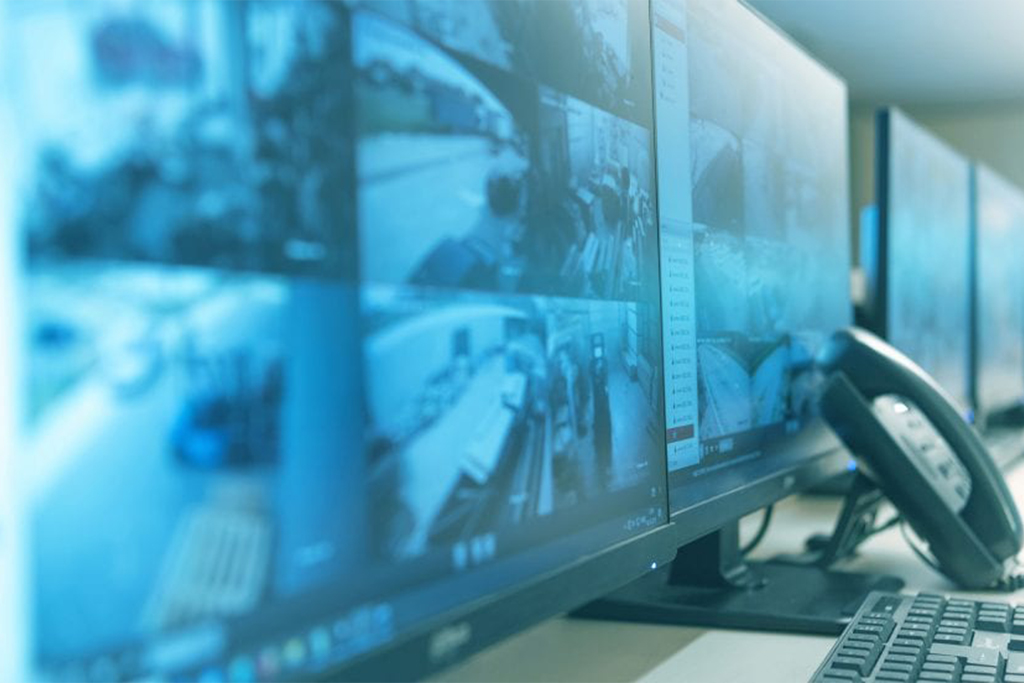Today’s connected world is shaped around how we communicate, whether that’s in person, on the phone, via video conferencing, in the office, at home, in a coffee shop, first thing in the morning or last thing at night. In our personal lives we expect to be able to communicate with whoever we want, wherever we want, whenever we want. And that expectation is no different in the workplace.
The way we communicate changes all the time. Not so long ago we wrote letters if we wanted to pass information on to someone, then came the email, and then the phone. Now, more often than not, if we want to get hold of someone our first port of call is instant messaging (IM). But it would be unfair not to remember the great-great-great-grandparent of the modern world… the fax.
Fax is the uncle we try not to associate with, the cat with more than nine lives, the communication tool that must not be named. For the most part we see fax as an old-school tool but it’s not conceding that easily. Fax has changed form over the years to fit in line with current technology and reshaped itself to fit within. All the way back from 1920s over old-school telephone lines to work with modern day internet via SIP. It’s not going anywhere anytime soon.
It’s 2020 and I still know of companies that fully rely on this 150-year old technology. Sending invoices, cross-signing documents and even advertising. Maybe I’m easily amused (and sad) but there’s something appealing about long-distance photocopying. So, why has fax survived despite all odds? Why, in the day of texting, emailing, calling, voicemails, e-signing and video calling do we need this ancient technology?
Honestly, I’m not sure there’s an easy answer, but I do have a few ideas:
- Fax is like a distant relative in a care home who’s survived every disease known to man, landed in Normandy, had lunch with the Queen and still somehow can’t pronounce ‘Telephony’.
- Fax is like a vintage Aston Martin DB9, the backbone of any successful modern age business. Every company depends on this.
- Why not?
The last point is weak I know, but why not? We have so many lines of communication, why not add to what already exists instead of constantly trying to re-invent the wheel? Yes there’s easier ways to communicate and most of the younger generations think fax is dead. And yes fax may fade out, just like smoke signals or Morse code. But if a telephone call can still exist alongside Facetime, then why can’t fax exist amongst the likes of email, Dropbox, Google Share, and iCloud Drop? Companies are still dependant on fax for business whether we like it or not, for example some organisation still require documents to be signed and sent through fax to validate contracts and other documentation.
What I’m trying to say is… fax is here when we need it most. This communication tool has survived through the years from dots and dashes all the way to sending over modern day SIP. We take it for granted but while countries across the world catch up and infrastructure rebuilds to now modern day standards, we will always be dependent on older technology and cross compatibility. And this, my friends, is why fax has (at the moment) stood the test of time.
In summary, fax is the long lost twin of telephony who doesn’t get the recognition it deserves. Fax isn’t the hero we need, but the hero we deserve, and it’s not going anywhere!
However, if you disagree and think fax should be left to rest in peace give us a call. We’ve got a whole host of modern 21st-Century communication tools to improve business productivity, transform your workplace, and help you achieve your business goals.
(Don’t worry, we cater for all… If you are still very much pro-fax we also have options available for all your 20th-Century faxing needs.)




